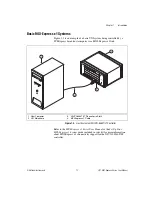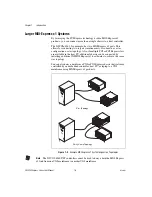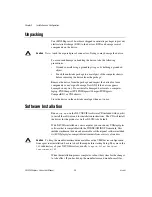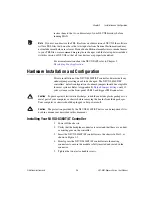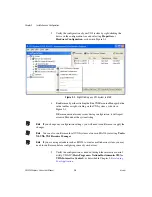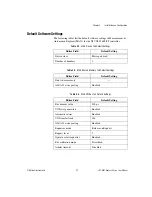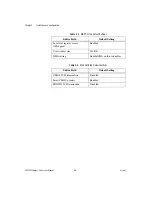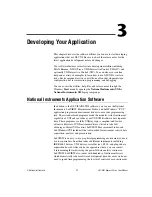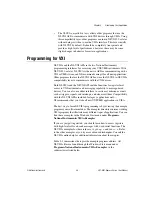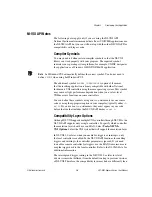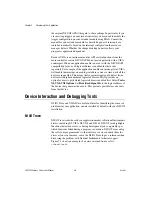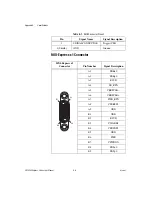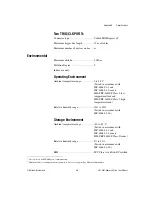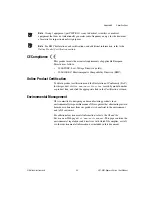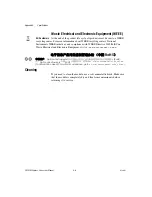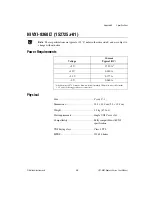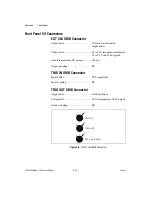
Chapter 3
Developing Your Application
©
National Instruments
3-5
VXI-MXI-Express Series User Manual
NI-VXI API Notes
The following notes apply only if you are using the NI-VXI API.
National Instruments recommends that all new VXI/VME applications use
the NI-VISA API, but you can still develop with the older NI-VXI API for
compatibility with legacy code.
Compiler Symbols
You may need to define certain compiler symbols so that the NI-VXI
library can work properly with your program. The required symbol
indicates your operating system platform; for example, VXINT designates
the application as a Windows 2000/NT/XP/Me/98 application.
Note
LabWindows/CVI automatically defines the correct symbol. You do not need to
define
VXINT
when using LabWindows/CVI.
The additional symbol
BINARY_COMPATIBLE
is optional. It ensures
that the resulting application is binary compatible with other National
Instruments VXI controllers using the same operating system. This symbol
may cause a slight performance degradation when you use low-level
VXIbus access functions on some controllers.
You can define these symbols using
#define
statements in your source
code or using the appropriate option in your compiler (typically either
–D
or
/D
). If you use
#define
statements, they must appear in your code
before the line that includes the NI-VXI API header
nivxi.h
.
Compatibility Layer Options
Although NI-VXI supports multiple VXI controllers through NI-VISA, the
NI-VXI API supports only a single controller. To specify which controller
the emulation layer should use, run MAX. Select
Tools»NI-VXI»
VXI Options
. Select the VXI system that will support the emulation layer.
In NI-VXI 3.0 or later, when you enable for triggers or interrupts, only
the local controller is enabled. In the NI-VXI API functions for enabling
triggers and interrupts, the controller parameter is ignored. If you need
to enable a remote controller for triggers, use the MAX frame resource to
map the trigger back to the local controller. Refer to the
NI-VISA Help
for
additional information.
The interrupt and trigger routing in the NI-VXI 3.0 or later low-level
drivers is somewhat different from the default routing in previous versions
of NI-VXI. Therefore, the compatibility layer may behave differently than

